CBSE All India Secondary School Examination AISSE Guide
Updated February 2017
The following should now be read in conjunction with our revised Guide on our sister site whichschooladvisor.com. Significant revisions have now been made to the Grade 10 qualification which effectively results in a complete reversal to the following, which we have left for information purposes. The bottom line is a return to examination focused assessment. Further information can be found here.
Updated November 2016
The All India Secondary School Examination (AISSE) is the standard, Indian government backed secondary qualification for students taken between Grades 9 and 10 in CBSE-affiliated schools.
The Central Board of Secondary Education conducts the AISSE during the period of March–April in the second year of study as part of Continuous and Comprehensive Evaluation (CCE).
Successful candidates are awarded with the AISSE Secondary School Completion Certificate, a Statement of Marks and a Migration Certificate enabling students to continue to post-16 education.
The qualification is subject to ongoing change as CCE beds in and the CBSE focuses on reducing the stress for children caused by the rigid rote learning required by its historical concentration on examinations, this now seen as outmoded.
Currently the Class X Board examination is optional and designed so that no student can fail secondary education. The entire approach to qualifying is now based on experiential learning and a school determined mix of written, oral and practical testing rather than rote learning and independent Board examinations.
Grades are awarded according to student performance within two semesters of study each year, April-September and October to March), each with two formative assessments (general defined by the school) and a one summative test (which may or may note be a traditional examination).
Five subject blocks are studied, generally English, a Language (Native or Foreign), Mathematics, Sciences and Social Sciences. Each block contributes a maximum of 100 marks to the total available score of 500 marks.
Final scoring is weighted to 40% coursework and 60% to some sort of school determined summative testing.
Whilst all students will now be guaranteed to pass the AISSE, the scoring each student receives remains important because of its use by schools to stream students into post-16 study in vocational, Commerce or Scientific streams.
India
CBSE [Central Board of Secondary Education, New Delhi]
Studied over two years from age 14 and sat at age 16
5 Core Subjects: Mathematics, Social Science, English – Communicative; English – Language and Science.
Additional subjects include Music, Painting, Commerce and Home Science.
Internally assessed subjects include Health and Physical Education and Art Education.
From 2009-10, CBSE assessment has been based on Continuous and Comprehensive Evaluation [CCE] over the two years of AISSE study.
40% of the students final score is based on formative assessment in class, and 60% is based on summative performance in examinations.
In each of the core 5 subjects (and extra 6th subject if taken) there are four Formative Assessments (Coursework) and 2 summative assessments (examinations).
Students must score a minimum of 25 per cent marks in summative assessments (SA), 15 marks out of a total 60 marks, in order to be promoted to the next class/pass the final examination.
The system is now designed to reduce the stress on students caused by grading solely on linear summative examinations at the end of each year.
There is a balance between rote based learning for examinations (60%) and coursework (40%)
Changes to the CBSE have been controversial. Since 2010 the CBSE has moved away from pure rote based learning and balances a mix of coursework and examinations in measuring attainment.
Significant marking is completed within schools based on “trust.”
The Year 10 Exam is now optional, although students will need to remain within the school to sit the Year 12 All India Senior School Certificate Examination [AISSCE].
Students can re-sit examinations up to 5 times to avoid any child failing.
General consensus is that the CBSE is an easier curricular in comparison with its broader ICSE Indian counterpart.
It is more limited in its subject options and more focused on the scientific and mathematical subjects against humanities.
Density of subject exploration is also more limited. Sciences and Humanities are combined in single papers. International focus is limited.
CBSE approves both English and Hindi language as the medium of instructions, ICSE does not recommend Hindi.
Extensive materials are available. Textbooks are standard NCERT available worldwide and there is little expectation or need to divert away from standard materials.
A-1 Top 1/8th of the passed candidates; A-2 Next 1/8th of the passed candidates; B-1 Next 1/8th of the passed candidates; B-2 Next 1/8th of the passed candidates; C-1 Next 1/8th of the passed candidates; C-2 Next 1/8th of the passed candidates; D-1 Next 1/8th of the passed candidates; D-2 Next 1/8th of the passed candidates; E Failed candidates
The Board will award Merit Certificates in each subject to the top 0.1 % of candidates passing that subject.
In order to be declared as having passed the examination, a candidate shall obtain a grade higher than E in all five subjects.
By far the most affordable of the Indian curricular schools
Almost impossible. Even a transfer to the alternative ICSE syllabus is likely to significantly impair a student’s performance as core subject deliverables lack breadth and subject detail is limited.
Benefit of CBSE is very simple transfer between other CBSE schools as the education is standardised and based on uniform textbooks, certified materials and rigid timelines.
The All India Secondary School Examination [AISSE] is the gold standard entry requirement for automatic progression to the All India Senior School Certificate Examination [AISSCE].
For students intent on returning to India, the CBSE based examinations are more widely accepted for employment or higher education.
Mixed and weaker ability children, particularly those with comparative strengths in mathematics or science over languages and the humanities, who will be leaving school at 16, or progressing to CBSE based post-16 study.
Low - Internationally (outside India), the CBSE is arguably the least prestigious or acceptable of alternative curriculum options, whether Indian or otherwise.
The perceived weakness of its English language teaching particularly degrades its value for global employers and non-CBSE post 16 education providers both overseas and within the Emirates.
High value in India, particular for those scoring highly.
Has very limited value outside India.
Attention is focused on post-16 scoring in the All India Senior School Certificate Examination [AISSCE]. On-going concerns that that the Grade 10 examination has been “dumbed down” has reinforced the limited value of the qualification except as a stepping stone to post-16 CBSE based study.
The All India Secondary School Examination [AISSE] offers arguably no value to non-Indian parents seeking an alternative to mainstream European, US or Canadian curricular.
• The new approach is designed to educate children rather than instill facts
• In a good school with a high calibre of teachers, and small class sizes, students graduate with a more whole-child focused education in which critical thinking is prioritised over rote learning
• At its best, children become critical thinkers and receive an education better aligned practically with, and more relevant to the demands of the modern world
• The new approach removes stress from children to age 16 and encourages students to remain in school for post-16 study
• The new approach recognises that schools should be in a better position to grade children, and nurture their individual skills, than a remote, impersonal examination board
• The AISSE remains the only route to gain entrance to the post-16 All India Senior School Certificate Examination [AISSCE]
• Many claim that the new CCE approach has entirely removed the value of the AISSE qualification
• Without the discipline of Board exams, and in the knowledge of an automatic pass, some children lack the discipline to study
• The new system requires very high investment in quality teaching staff and smaller class sizes to deliver. In good schools it is argued that the new AISSE works very well. In weak schools, it is argued it fails children
• The AISSE has arguably becomes irrelevant and all students must remain at school for the post-16 All India Senior School Certificate Examination [AISSCE]
• The AISSE now does not adequately prepare students for the demands of the post-16 All India Senior School Certificate Examination [AISSCE] qualification which is not based on CCE





































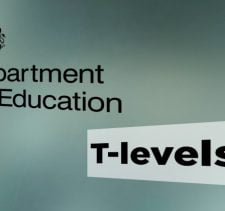




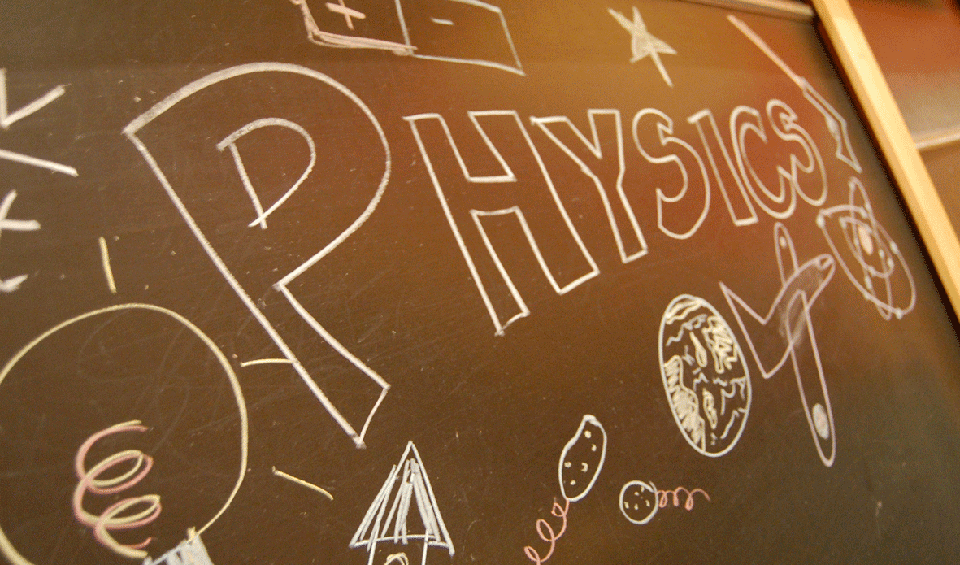





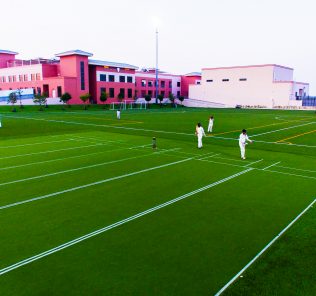



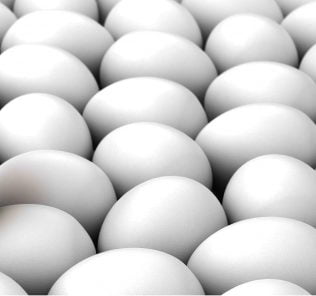
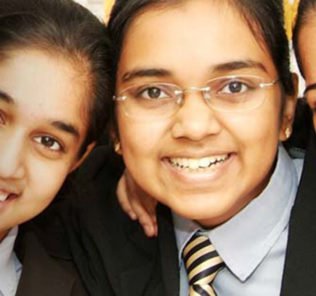
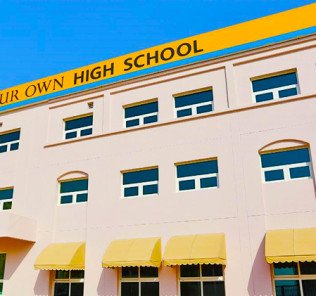

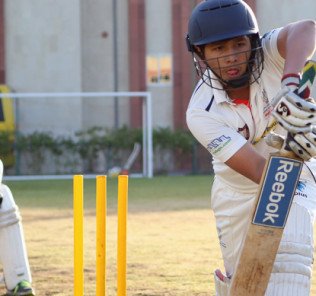




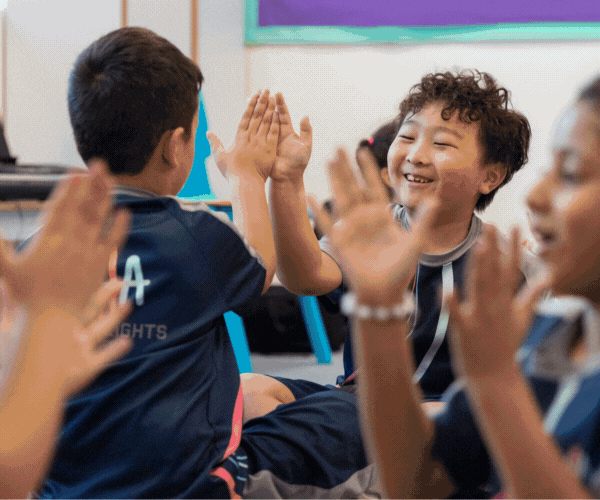



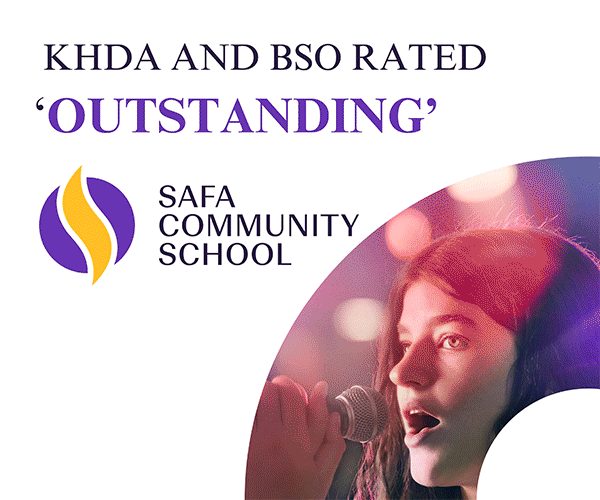





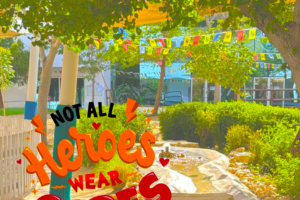
Leave a Response